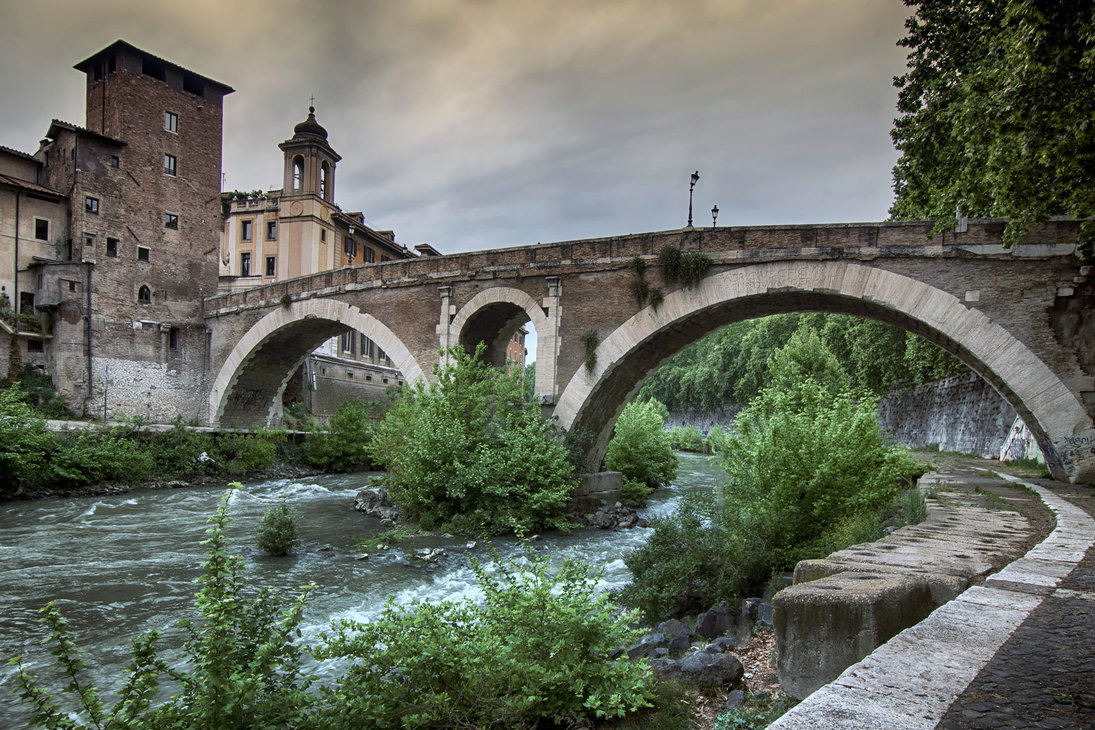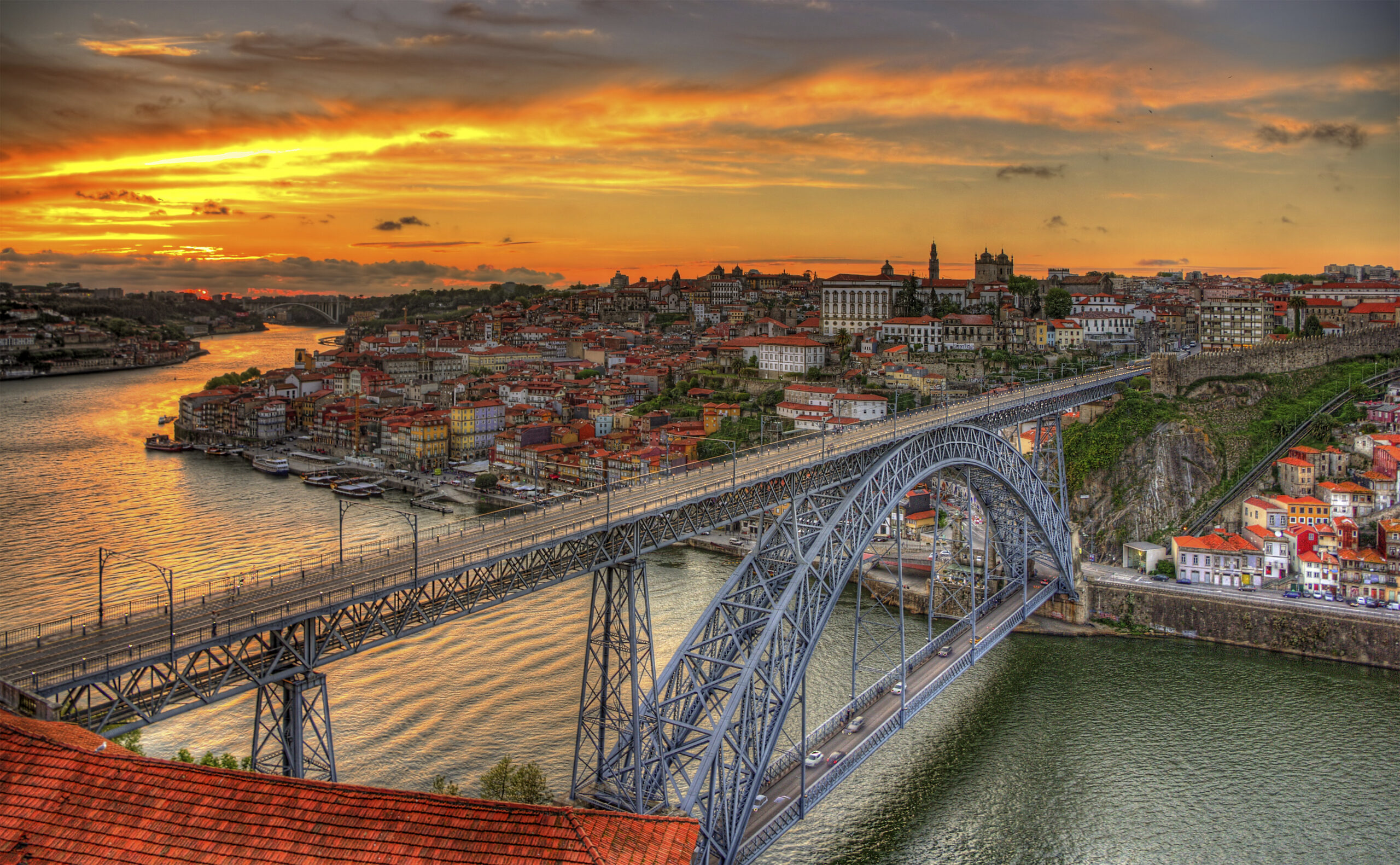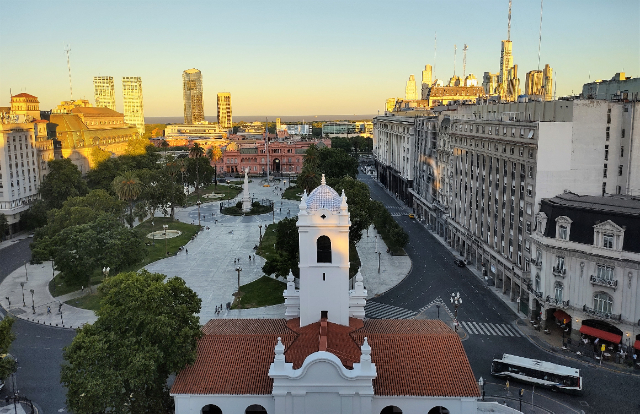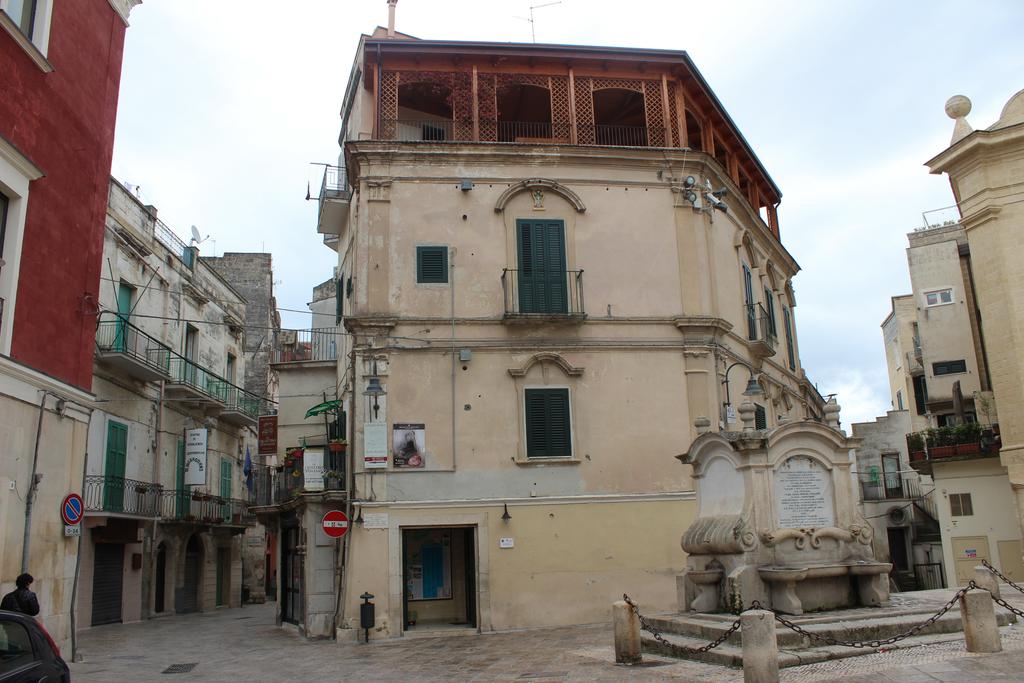<p>The <strong>Pons Fabricius</strong> or <strong>Ponte dei Quattro Capi,</strong> is the oldest existing Roman bride in its original state. It was built in 62 BCE and spans half of the Tiber River. Pons Fabricius is 62 m (203 ft) long and 5.5 m (18 ft) in height. According to Dio Cassius – a Roman statesman and historian – Pons Fabricius was built to replace a previous wooden bridge that had burned down.</p>
<p>The bridge is named after Lucius Fabricius, the curator of the roads at the time. Despite its old age, the bridge has remained completely intact since it went up in 62 BCE and has remained in continuous use.</p>
<p><span style="font-family: arial, sans-serif; font-size: 14.4px; background-color: #ffffff;">There are two broad arches holding up the bridge, and a smaller more decorative arch in the pillar where the two arches meet in the middle. </span></p>
<p style="margin: 0px 0px 15px; padding: 0px; outline: 0px; vertical-align: baseline; line-height: 18px; font-size: 0.9em; font-family: arial, sans-serif;">A flood in 23 BCE damaged the bridge and some repairs on the brickwork were required, but to date those are the only major repairs or changes to the Pons Fabricius. It has been in constant use since it opened, and you can still walk on the bridge today.</p>
<p style="margin: 0px 0px 15px; padding: 0px; outline: 0px; vertical-align: baseline; line-height: 18px; font-size: 0.9em; font-family: arial, sans-serif;">It stretches from the eastern side of the Tiber (the one with the Colosseum) to Tiber Island in the middle of the river. </p>
<p style="margin: 0px 0px 15px; padding: 0px; outline: 0px; vertical-align: baseline; line-height: 18px; font-size: 0.9em; font-family: arial, sans-serif;"><span style="font-size: 14.4px; background-color: #ffffff;">In Italian, the bridge is known as the Ponte Fabricio or the Ponte dei Quattro Capi. The former refers to its Latin name, while the latter – “quattro capi” means “four heads” – refers to two pillars that each depict the two-faced Roman god Janus. Those statues weren’t on the original bridge, but were moved there in the 14th century.</span></p>













